
Has Ravichandran Ashwin finally turned a corner?
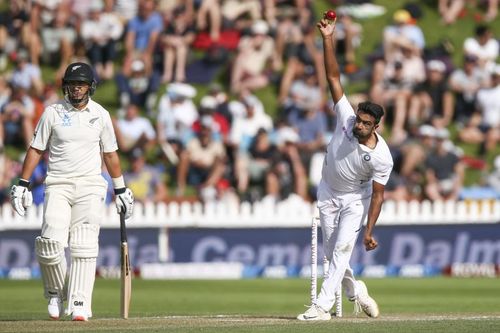
On 22nd December, 2013, at the Wanderers in Johannesburg, India set South Africa a gargantuan 458-run mountain. More importantly though, it was on a track that seemed abrasive and resembled as much of an Indian surface as one would find in the Highveld, meaning that a certain Ravichandran Ashwin was expected to single-handedly turn (both literally and figuratively) the tide in India’s favour.
However, rather unfortunately for the off spinner, nothing of the sort transpired as South Africa showcased plenty of character and of course, skill. In fact, the hosts finished on 450/7 at the close of play, just 8 runs short of what would’ve been the most remarkable run-chase in Test history.
And, unsurprisingly, post the Proteas’ superlative rear-guard action, questions began being asked of Ravichandran Ashwin, considering he had been touted as the premier finger spinner on the planet, prior to the encounter.
Once the dust had settled further, that label began being scrutinized considerably, not just because of what unfolded at Johannesburg in 2013, but also because Ravichandran Ashwin’s deficiencies, especially away from home, began surfacing far too often.
Thus, whenever India have toured one of the SENA (South Africa, England, New Zealand, Australia) countries, skepticism has surrounded Ravichandran Ashwin’s adaptability, in addition to a massive debate over whether the spinner can actually win India matches, in those conditions.
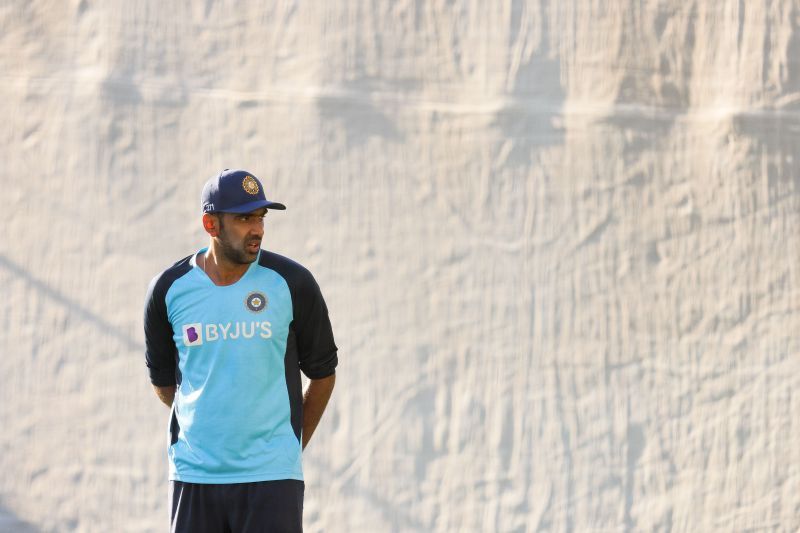
Ravichandran Ashwin has a poor record in SENA countries
Prior to the 2020-21 cricketing season, those answers had largely been in the negative, owing to Ravichandran Ashwin’s indifferent displays overseas. More recently though, and specifically, in the current assignment against Australia, the tweaker has showed signs of a revival, inevitably sparking conversations of whether he has indeed progressed as a bowler.
Firstly, since Ravichandran Ashwin began establishing himself as a world-beater, he has relied an awful amount on the assistance a pitch has offered. In India, and to an extent, in Sri Lanka and the West Indies, there has been ample help, meaning that he has troubled the batsmen incessantly.
However, on strips that haven’t offered as much spin, he has been found wanting, often resorting to bowling a negative line and one that have made things a lot easier for the batsmen.
Additionally, those dip in performances coincided with Ravichandran Ashwin trying to add various strings to his bowling bow, in a bid to sustain himself in white-ball cricket. Consequently, he seemed to lose the consistency to keep posing questions. In the process, he also allowed the batsmen to wait for the loose deliveries, rather then the latter going searching for it.
Furthermore, Ravichandran Ashwin has always been a bowler who imparts a lot of side-spin on the ball – something that is in contrast to Nathan Lyon, who deploys more over-spin. Contextually, that enables the Australian to extract more off docile decks, considering that that over-spin also lets him get the drift to flummox batsmen in the flight.

Against Australia in the ongoing series though, there seems to be an increased emphasis in Ravichandran Ashwin’s bowling on over-spin – something that has aided him Down Under.
At Adelaide, the extra dip and over-spin enabled the Indian to force Steve Smith onto the back foot, with the Australian not confident enough to get to the pitch of the ball. And, with Steve Smith camping in the crease, Ravichandran Ashwin bowled a quicker delivery, which despite not being too short, pushed the batsman deep into his crease.
Consequently, Steve Smith prodded at it loosely and offered a simple catch to Ajinkya Rahane at first slip. A game later, he set Marnus Labuschagne up equally effectively, producing a near replica of Smith’s dismissal in South Australia.
However, that hasn’t been all, with Ravichandran Ashwin also getting batsmen out in various other ways.
At the MCG, Matthew Wade looked to impose himself on the contest, immediately employing the sweep shot against Ravichandran Ashwin. A couple of years ago, the spinner might have been tempted to bowl flatter and shorter to curb the run-scoring.
On Boxing Day though, Ravichandran Ashwin tossed the ball up generously and invited Matthew Wade to come down the track. The Australian did so but didn’t manage to get to the pitch of the ball, meaning that he spooned a catch to Ravindra Jadeja at mid-on.
Apart from that, he also tricked Steve Smith and Tim Paine into the leg-side trap. For the former, he continued bowling a middle and leg stump line, prompting the batsman to reach out for the ball in front of his pad. Subsequently, Steve Smith poked at a delivery that he could have left alone, inside edging the ball towards leg slip.
Tim Paine, much like Smith, ventured too far in front of his pad, owing to him getting deceived in the flight. In the process, he squirted a delivery off the inner half of the bat, which Hanuma Vihari snaffled up, at backward short leg.
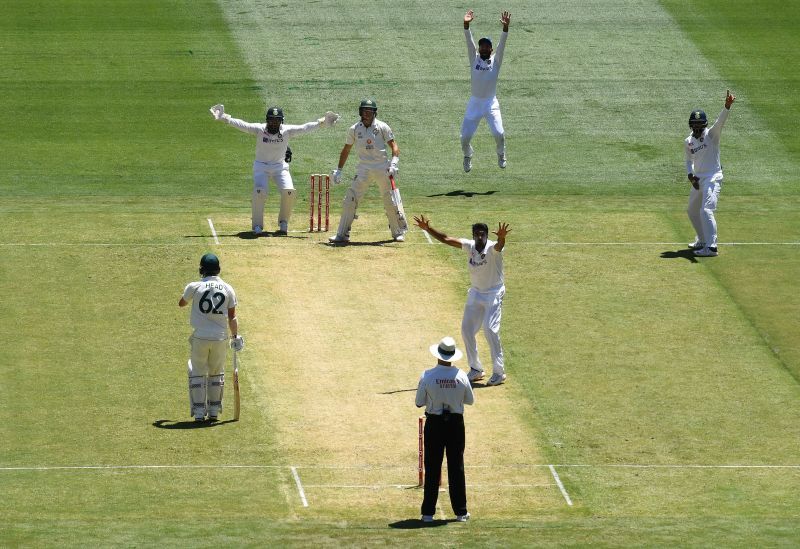
Thus, for the first time in quite a while, Ravichandran Ashwin seems to have developed a knack of outwitting the batsmen, even when the conditions aren’t as conducive to spin bowling. Normally, that would lead one to conclude that Ravichandran Ashwin has become more potent on those shores.
Yet, for a bowler as decorated as him, there still remains an asterisk attached to his record – and one that concerns his displays in the second innings in SENA countries.
In 2013, there might have been an inclination among Indian fans to term Ravichandran Ashwin’s showing at Johannesburg an anomaly. However, over the years, there has been increasing evidence that that has unfortunately become the norm.
Ravichandran Ashwin has bowled 19 overs or more in second essays in SENA nations 9 times since the Johannesburg Test in 2013, and his numbers are rather uninspiring. Ravichandran Ashwin’s overall average in these countries hovers around 38.6. In the second innings though, that spikes up to a shade over 40.6, indicating that he hasn’t created as much of an impact as India would’ve liked.
Prima facie, the difference in the averages might not seem much. However, when taking into account that the pitches usually break up on Day 3,4 and 5 (which usually house the second innings), they seem pretty ordinary.
To drive home that fact, one needs to recall how Ravichandran Ashwin has fared when the pressure has been on him to deliver.
A couple of years ago, when India toured England, they found themselves staring at a 2-0 deficit in the series quite swiftly. However, owing to a stunning victory at Trent Bridge, the visitors harbored hopes of pegging back the Three Lions.
The 4th Test was played at Southampton and the track, akin to its characteristics, offered plenty of assistance to the spinners, especially as the match progressed. To put things into further perspective, Moeen Ali collected figures of 9-134 across both essays.
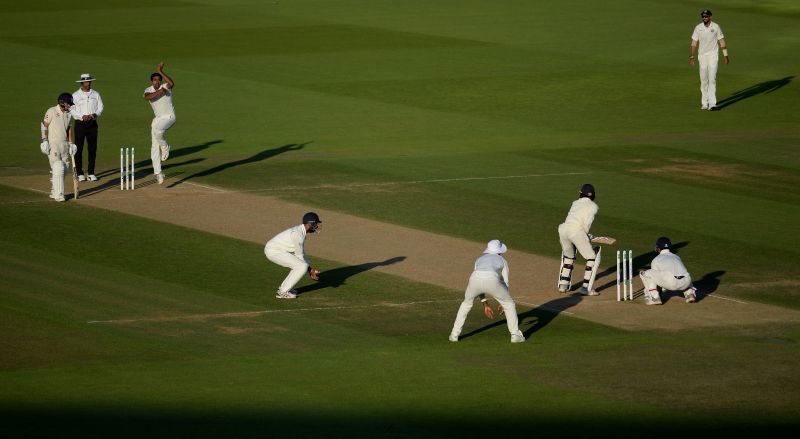
Ravichandran Ashwin, meanwhile, could only muster 3 wickets, conceding 124 runs in the process. More damningly, he returned with a tally of 1-84 in more than 37 overs in the second innings, at a juncture when India expected him to do the heavy lifting.
In fact, to a certain extent, Ravichandran Ashwin also failed to deliver on his promise in India’s historic Boxing Day triumph against Australia last week. Though Ravichandran Ashwin bagged the important scalp of Marnus Labuschagne in the second innings, there was barely anything else to shout about, until Josh Hazlewood endured his brain-fade moment.
In the meantime, Ravindra Jadeja, despite only bowling 14 overs (23.1 lesser than Ravichandran Ashwin), sent Matthew Wade and Tim Paine packing. Rather tellingly, those dismissals enabled India to re-establish their stronghold, considering both had looked accomplished at the crease.
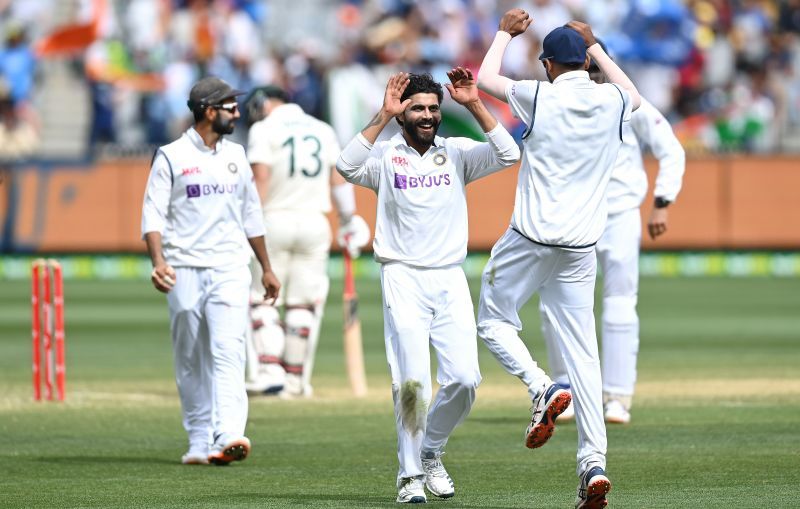
Hence, there remains a notion that Ravichandran Ashwin freezes a tad, especially when the stakes are amped up a touch. And, to be fair, his statistics over the years, haven’t done a lot to douse that fire.
Yet, there also exists a theory which suggests that the 2020-21 version of Ravichandran Ashwin might have come of age and might finally be able to dust off the overseas demons he has nursed for a majority of his career.
However, until Ravichandran Ashwin unfurls a contribution that ascertains his ability to come up trumps in clutch situations, those murmurs won’t really go away. Fortunately, though, he has the opportunity and prospectively, also the wherewithal to set things right.
Back in 2013, when Ravichandran Ashwin spectacularly fell off a cliff at Johannesburg, there was palpable trepidation, considering the spinner India had longed for, had looked utterly clueless on enemy turf.
Nearly nine years later, Ravichandran Ashwin seems to have more than the bit between his teeth, meaning that he has another opportunity to prove that the outings in Adelaide and Melbourne weren’t false dawns.
So far, there have been plenty of those and perhaps, that is exactly why the cricketing fraternity is still debating the credentials of a bowler who has 375 Test wickets and averages a tick over 25. Else, such numbers should ideally propel a cricketer to unparalleled stardom and indeed, greatness.
But then again, Ravichandran Ashwin personifies an inimitable enigma, doesn’t he?
And, as for that asterisk, well, that will remain, until Ravichandran Ashwin can consciously wipe that blot off a career that has smacked of spotlessness, at least for large swathes.